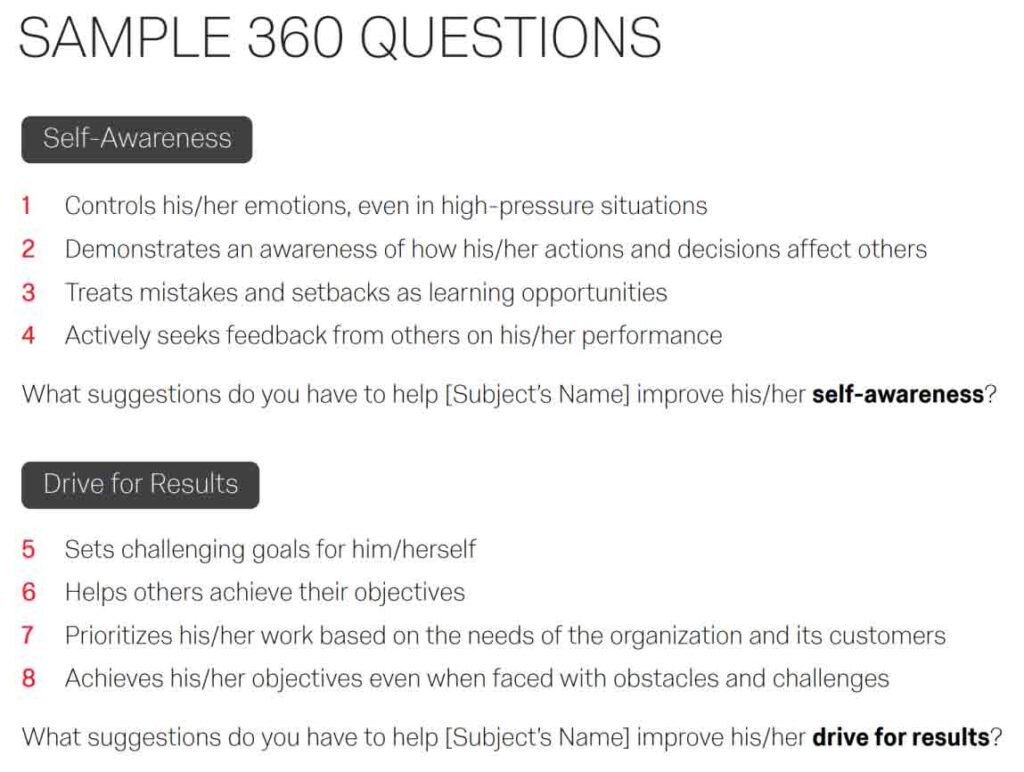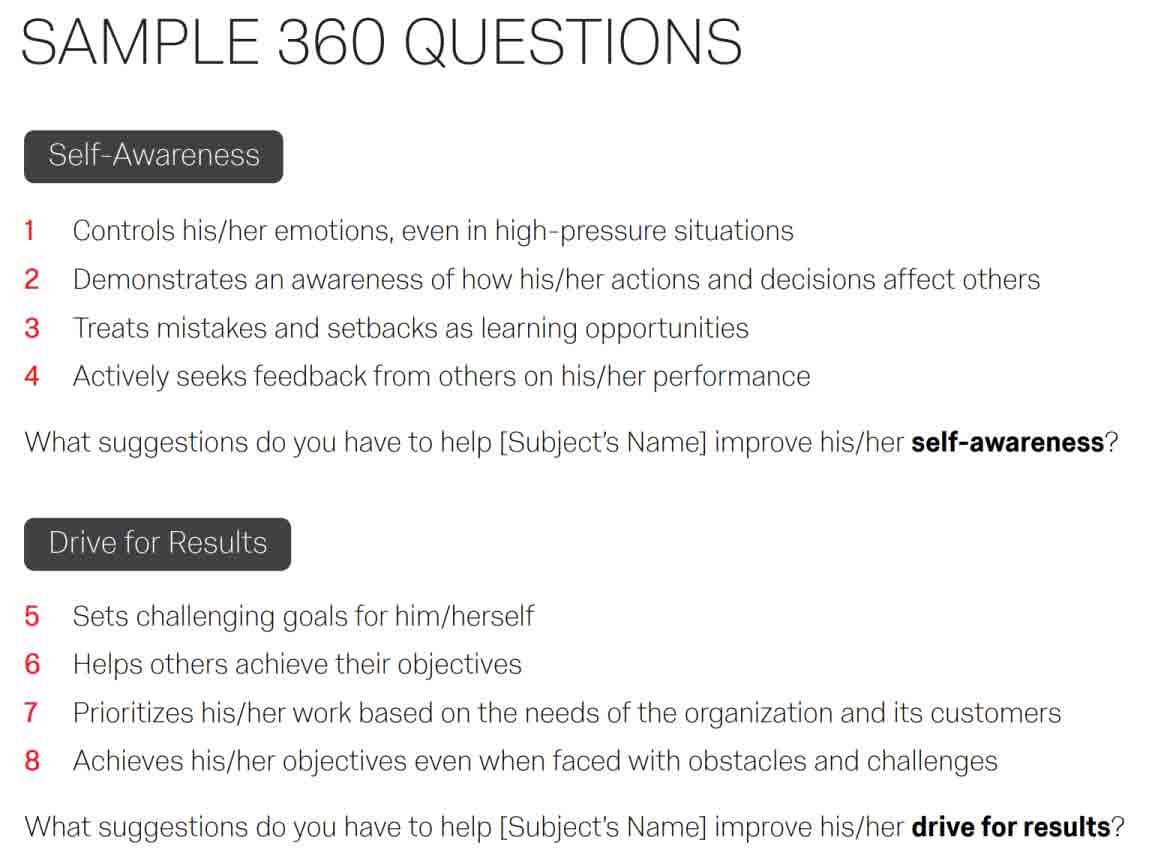
Mastering the 360 Degree Evaluation Form: A Comprehensive Guide
In today’s dynamic work environment, performance evaluations are no longer confined to the traditional top-down approach. The 360 degree evaluation form has emerged as a powerful tool for providing a holistic view of an employee’s performance. This method gathers feedback from multiple sources, including supervisors, peers, subordinates, and even clients, offering a comprehensive assessment that goes beyond the perspectives of a single manager. Understanding the nuances of the 360 degree evaluation form, its benefits, and how to implement it effectively is crucial for organizations seeking to foster growth, improve employee development, and build a more engaged workforce. This article will serve as a comprehensive guide to navigating the complexities of the 360 degree evaluation form.
What is a 360 Degree Evaluation Form?
A 360 degree evaluation form, also known as a 360 degree feedback form, is a tool used to collect performance feedback from various individuals who interact with an employee in their professional capacity. Unlike traditional performance reviews, which primarily rely on a supervisor’s assessment, the 360 degree approach aims to provide a more rounded and balanced perspective. The information gathered from the 360 degree evaluation form is then compiled into a report, which is shared with the employee to help them understand their strengths, weaknesses, and areas for improvement.
The key difference lies in the breadth of feedback. While a manager’s review focuses on observed performance and goal achievement, a 360 degree evaluation form captures perspectives on an employee’s behavior, communication style, teamwork skills, and overall impact on the organization. This multi-faceted approach provides a more accurate and actionable assessment of an individual’s contributions.
Benefits of Using a 360 Degree Evaluation Form
Implementing a 360 degree evaluation form can bring several benefits to an organization:
- Improved Self-Awareness: Employees gain a better understanding of how their behavior impacts others, leading to increased self-awareness and a greater willingness to improve.
- Enhanced Performance: By identifying specific areas for development, employees can focus their efforts on improving their skills and performance.
- Stronger Teamwork: The feedback process encourages open communication and collaboration, fostering stronger team dynamics.
- Increased Employee Engagement: When employees feel valued and supported in their development, they are more likely to be engaged and committed to the organization.
- Reduced Bias: By gathering feedback from multiple sources, the 360 degree evaluation form helps to minimize bias and provide a more objective assessment of performance.
- Identification of Leadership Potential: The feedback can highlight individuals with strong leadership qualities, allowing the organization to identify and develop future leaders.
Designing an Effective 360 Degree Evaluation Form
Creating an effective 360 degree evaluation form is crucial for obtaining meaningful and actionable feedback. Here are some key considerations:
- Define Clear Objectives: Clearly define the purpose of the evaluation and the specific behaviors or competencies you want to assess.
- Choose Relevant Questions: Select questions that are relevant to the employee’s role and the organization’s goals. Use behavioral-based questions that focus on specific actions and outcomes.
- Use a Rating Scale: Implement a clear and consistent rating scale to allow for quantifiable feedback. Consider using a Likert scale (e.g., strongly agree, agree, neutral, disagree, strongly disagree).
- Include Open-Ended Questions: Provide opportunities for raters to provide qualitative feedback, such as specific examples of the employee’s behavior or suggestions for improvement.
- Ensure Anonymity: Guarantee the anonymity of raters to encourage honest and candid feedback.
- Keep it Concise: Design the 360 degree evaluation form to be as concise as possible to maximize the response rate and minimize the time commitment for raters.
- Pilot Test the Form: Before implementing the 360 degree evaluation form across the organization, pilot test it with a small group of employees to identify any potential issues or areas for improvement.
Implementing a 360 Degree Evaluation Process
Implementing a 360 degree evaluation process requires careful planning and execution. Here are the key steps:
- Communicate the Purpose: Clearly communicate the purpose of the 360 degree evaluation to all employees, emphasizing its focus on development and improvement.
- Select Raters Carefully: Work with the employee to select raters who have a good understanding of their performance and can provide valuable feedback.
- Provide Training for Raters: Offer training to raters on how to complete the 360 degree evaluation form, emphasizing the importance of providing honest and constructive feedback.
- Administer the Evaluation: Use a secure and confidential platform to administer the 360 degree evaluation.
- Compile the Feedback: Compile the feedback into a comprehensive report, ensuring anonymity of raters.
- Provide Feedback to the Employee: Share the feedback report with the employee in a constructive and supportive manner.
- Develop an Action Plan: Work with the employee to develop an action plan based on the feedback, focusing on specific areas for improvement.
- Follow Up and Monitor Progress: Follow up with the employee regularly to monitor their progress and provide ongoing support.
Potential Challenges and How to Overcome Them
While the 360 degree evaluation form offers numerous benefits, it’s important to be aware of potential challenges and how to address them:
- Rater Bias: Raters may be influenced by personal biases or relationships with the employee. To mitigate this, provide training on unconscious bias and encourage raters to focus on specific behaviors and outcomes.
- Fear of Retaliation: Raters may be hesitant to provide honest feedback if they fear retaliation from the employee. Ensure anonymity and clearly communicate the organization’s commitment to protecting raters from any form of retaliation.
- Lack of Trust: Employees may not trust the 360 degree evaluation process if they believe it will be used for punitive purposes. Emphasize the developmental focus of the evaluation and ensure that feedback is used to support employee growth.
- Time Commitment: Completing the 360 degree evaluation form can be time-consuming for raters. Keep the form concise and provide adequate time for raters to complete it.
- Difficulty in Interpreting Feedback: Employees may find it difficult to interpret the feedback and identify specific actions to take. Provide guidance and support to help employees understand the feedback and develop an action plan.
Examples of 360 Degree Evaluation Form Questions
Here are some examples of questions that can be included in a 360 degree evaluation form:
- How effectively does the employee communicate with others?
- How well does the employee work as part of a team?
- How effectively does the employee solve problems?
- How well does the employee manage their time and prioritize tasks?
- How effectively does the employee lead and motivate others?
- How well does the employee adapt to change?
- How effectively does the employee provide feedback to others?
- How well does the employee handle conflict?
- How effectively does the employee build relationships with clients or customers?
- How well does the employee demonstrate integrity and ethical behavior?
The Future of 360 Degree Evaluations
The 360 degree evaluation form is evolving to meet the changing needs of the modern workplace. With the rise of remote work and distributed teams, organizations are increasingly relying on technology to facilitate the evaluation process. Online platforms and mobile apps are making it easier to administer evaluations, collect feedback, and generate reports. [See also: Performance Management Software Solutions]
Furthermore, there is a growing emphasis on using the 360 degree evaluation form as a tool for continuous feedback and development, rather than just an annual performance review. Regular feedback sessions and ongoing coaching can help employees to stay on track and make continuous improvements. [See also: Continuous Performance Management]
Conclusion
The 360 degree evaluation form is a valuable tool for organizations seeking to improve employee performance, foster growth, and build a more engaged workforce. By gathering feedback from multiple sources, the 360 degree evaluation form provides a comprehensive and balanced assessment of an employee’s strengths, weaknesses, and areas for improvement. When implemented effectively, the 360 degree evaluation form can help employees to gain a better understanding of their impact on others, develop their skills, and contribute more effectively to the organization’s success. Embracing the 360 degree evaluation form as a developmental tool can transform your organization’s performance management strategy and unlock the full potential of your employees. Consider the benefits of implementing the 360 degree evaluation form to drive positive change and cultivate a culture of continuous improvement. The key is to create a process that is fair, transparent, and focused on supporting employee growth and development. By doing so, you can create a win-win situation for both employees and the organization.

